Reducing Garden Footprint through Vertical Gardening
Vertical gardening is getting increased attention from gardening enthusiasts who are having some issues with space. Obviously, plants that have been arranged to grow occupying vertical spaces will not eat up as much space as traditional gardening does. Aside from its space-saving benefit however, vertical gardening can actually help reduce our garden footprint. It is to be noted that carbon footprint is related to the overall environmental impact of any human activity.
The Origins of Vertical Gardening
Vertical gardening is actually not a modern idea. It derives its inspiration from the Hanging Gardens of Babylon which dates back to as early as 600 BC. The modern counterpart was created in 1938 by a Professor in Landscape Architecture, Stanley Hart White when he patented the green wall system. The most recent innovation of the green wall during the 1980s is credited to a botanist by the name of Patrick Blanc.
Often times referred to as living walls, green walls use the integrated hydroponics system. They can be placed inside or outside a home or commercial building. They can consist of climbing plants growing on walls or plants rooted from the ground. Green walls are primarily intended to lower overall temperature of buildings specifically in urban areas.
Image: flickr.com/photos/keepitsurreal
Vertical Gardening for Vegetables and Flowers
The idea of the green wall has extended to home use. Vegetable and flower gardening have become easier to handle because of the orientation of plant growth. With a small space and some basic materials, people can make their own portable vertical gardens which they can move when necessary for climate reasons. Vegetables can now be grown on a prepared wall in the kitchen or an exterior wall of a home.
Image: gardenunit
What makes vertical gardening especially attractive to older gardeners is that there is no need to bend over in taking care of the plants. There will be no more extensive digging to be done or meticulous preparation of the soil. A properly built vertical garden usually has a system that requires minimal watering of plants. Plants can be grown in every imaginable container and arranged vertically as well to imitate the original concept of vertical gardening.
Image: flickr.com/photos/meg-z/
Advantages of Vertical Gardening
Vertical gardening offers a number of advantages to those who practice it and even in the community where it is located. The main advantages for the people practicing it include less time and work as well as considerable savings in maintaining a garden. There will also be less weeds and pests resulting to greater yield , better fruits, and more abundant flowers. The less square footage required to work in also makes it possible for more people living in crowded urban areas to indulge their desire to have a garden.
Image: flickr.com/photos/haldanemartin
My Say
In adopting the practice of vertical gardening, people will be able to contribute to decreasing the amount of carbon footprint that comes with a seemingly harmless task like gardening. The less resources we use in providing for our daily needs, the better it would be for the environment in the long run. By having our own vegetable garden for example, we are able to reduce the cost of transportation in buying food while lessening the need for packaging that contributes much to waste and garbage. Having plants in homes and buildings also helps in alleviating urban heat while improving the quality of air. In a way, having green walls result to better insulation against noise as well. Most of all, the beauty that can only be provided by plants need not be lost in limited spaces. It is one of the simpler steps towards green living.
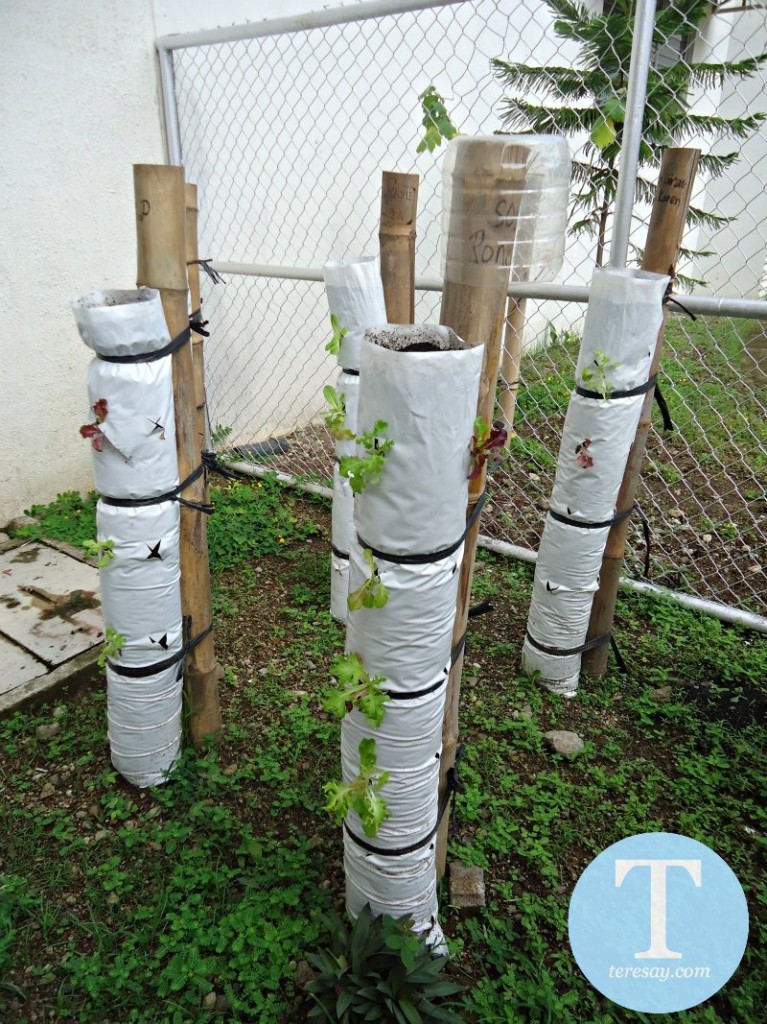
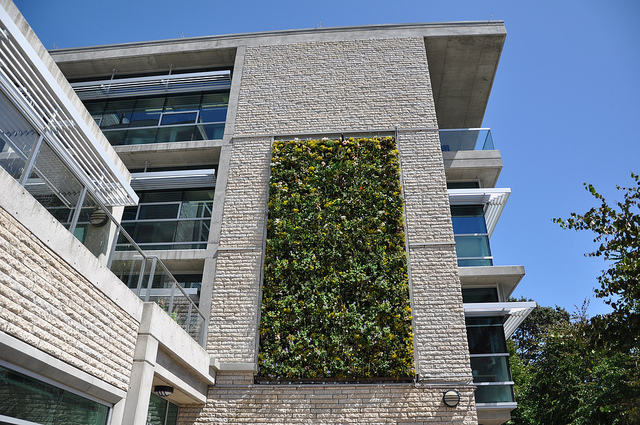
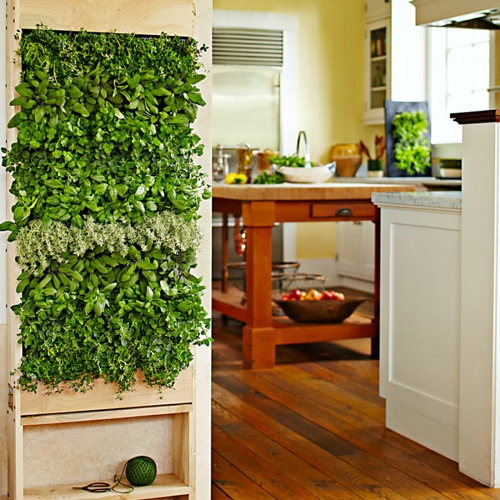
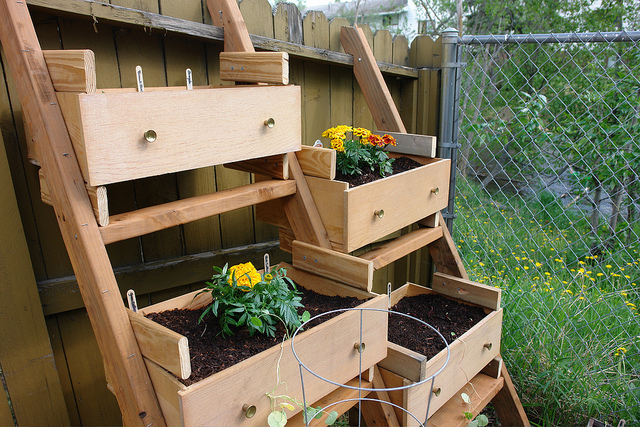
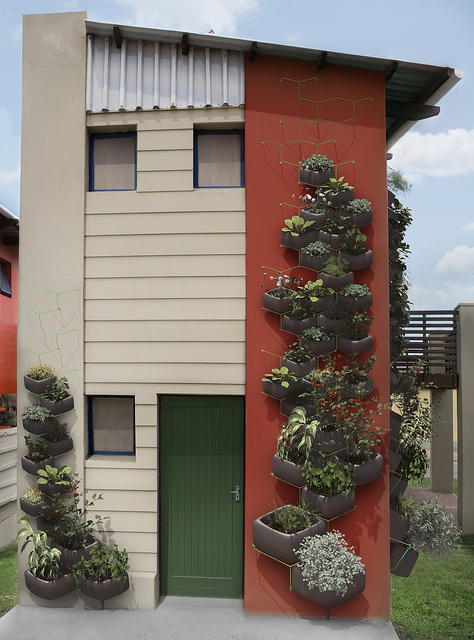













Jonathan
Wow! What can I say…
Very creative and wonderful vertical garden you’ve shown… They are really wonderful to look in and out of the house. Hydroponics is also good too for a backyard garden.
I have also want to share some vertical garden ideas that I could also share from happy house and garden
happyhouseandgarden.com/categories/12265/vertical-gardening-ideas
channelimperial
Wow! I’d love to do vertical garden on our house! Thanks for the blog Miss Teresa. I got a nice idea now for making a garden soon!
Teresa Martinez
I’m glad you like this post.
Peachy
I wish I could do a vertical gardening of my newly planted herbs too!
betchai
oh wow, love that idea of vertical garden inside the house, would make it easy to access the vegetables. I will try to see if I can make one at home, right now, I simply use the kitchen bay window for vegetable gardening, I love it since I do not have to get outside to get the vegetables I often need.
Teresa Martinez
I wish I could do that as well, still trying to find the time.
Chubskulit Rose
This type of gardening is very common in South Korea. I have seen a lot of this when we were still living there.
Teresa Martinez
Have you tried it for yourself?
amayachika
Wow! Super love this idea. Thanks so much Ms. Teresa found what style I want to have.
Teresa Martinez
Thanks, I’m glad you found this useful as well. I just had to take a picture of it as I’m hoping to do it at home.
leirs
i like this idea.. i hope i can replicate this too..have you tried this too?
Teresa Martinez
I haven’t actually but I’m hoping to. The first picture was taken in my children’s school and the lettuce being grown through vertical gardening are under the teachers’ care.